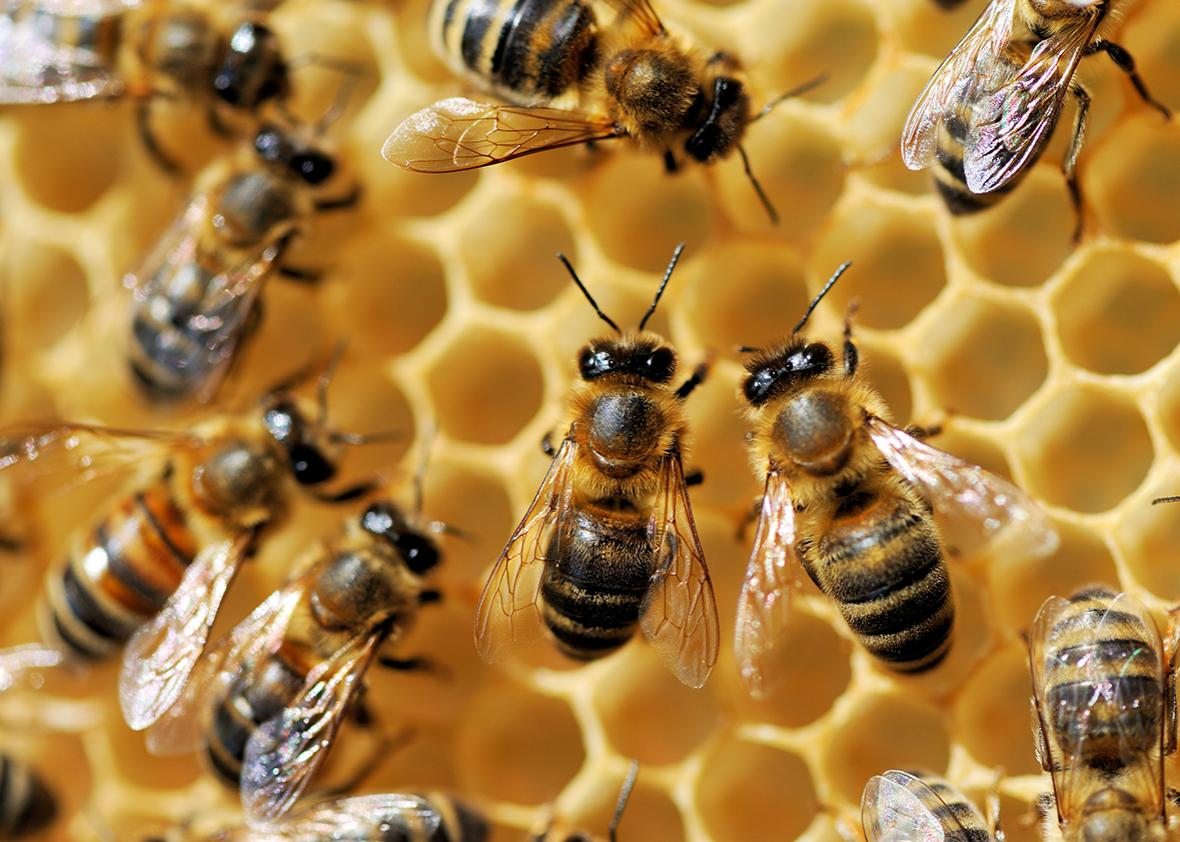The U.S. Fish and Wildlife Service added 49 species of plants and animals to the endangered species list on Friday, all native to Hawaii. Unlike the dozens of similar releases the FWS publishes each month (this is the sad state of the environment in 2016), the 75-page document garnered national media attention thanks to the seven notable inclusions nestled in the middle of the list: yellow-faced bees.
If you’ve been paying attention to the news or the internet in the past decade or so, you’re probably aware of the idea that bees are dying globally at an alarming rate, thanks to something called colony collapse disorder. Given the national panic about bee populations, you can see why this addition to the endangered species list might make something of a splash.
But we should not be panicking about the bees. OK, yes, we can worry about the recently listed bees, but that’s a separate problem. The threat of colony collapse disorder, though, has largely passed. As I wrote in a piece for Slate this summer, the global bee problem most of you have heard about is almost entirely a problem with captive honeybees (nicknamed the tiniest livestock, due to their role in pollinating as much as a third of our crops). But despite troubling population declines in the late ’00s, honeybees are not actually in imminent danger of extinction. They’re doing fine, have largely recovered well, and are still pollinating our plants.
For the most part, the FWS’s announcement was covered correctly and thoroughly by national media outlets. “Bees Added to U.S. Endangered Species List for 1st Time,” read the headline of one story from NPR. That story went on to explain that native Hawaiian bees have little impact on human agricultural yields but that they’re still important pollinators for many of Hawaii’s trees and shrubs. No mention of honeybees whatsoever, since, again, they’re separate problems, a distinction that many people reading the news failed to grasp.
Perhaps it was the liberal use of such nonspecific phrasing (“The bees are dying,” read one Washington Post lede), that caused #SaveTheBees to start trending on Twitter early this week. These tweets were often completed with cartoon drawings of smiling honey bees, even though it is yellow-faced bees that just gained their endangered status. Or perhaps it’s the fact that 6 in 10 people who share a link never even clicked on it.
The yellow-faced bees added to the endangered species list certainly deserve protections under the Endangered Species Act. But their listing doesn’t mean we have to be worried about pollination, or bees, at large (though we can worry about it in Hawaii).
